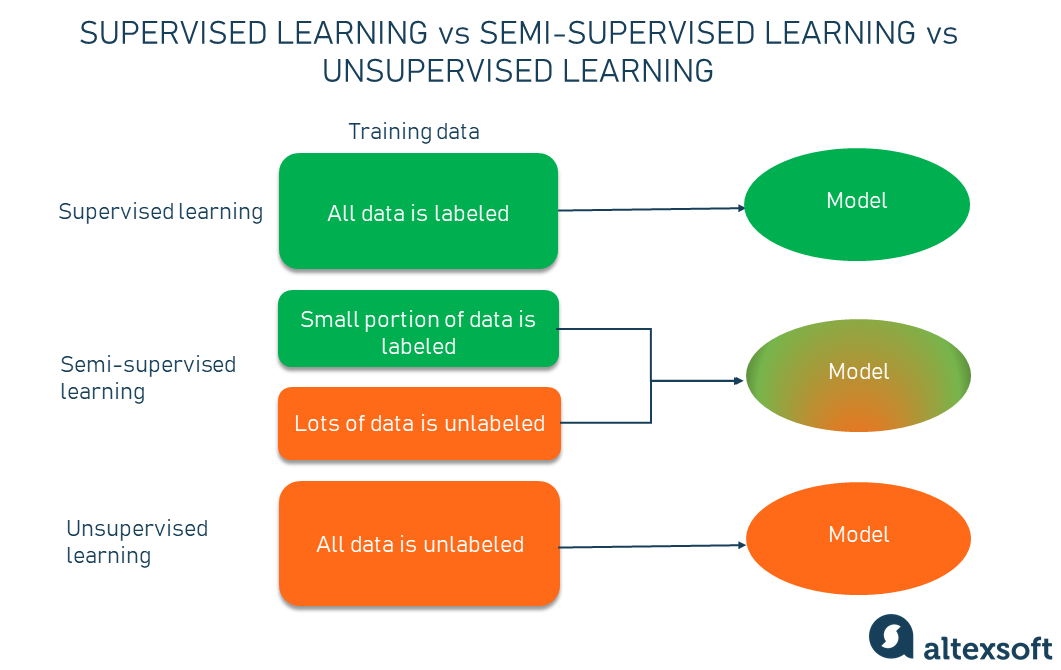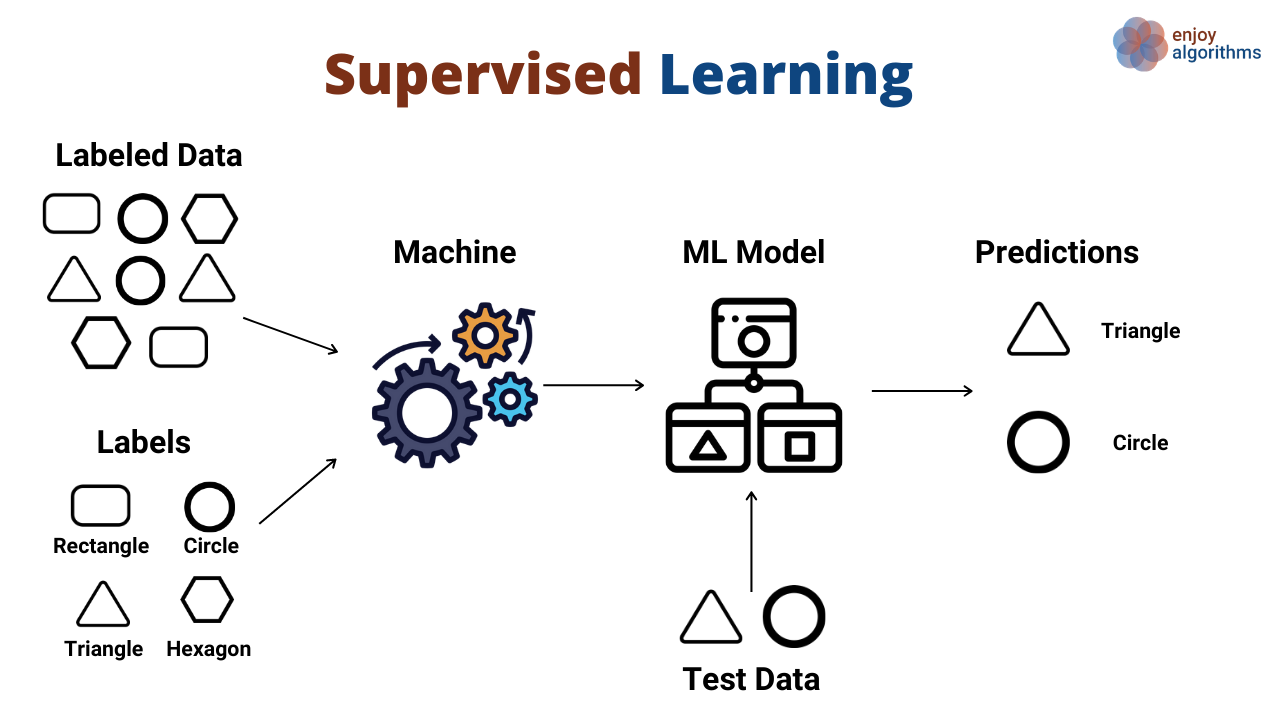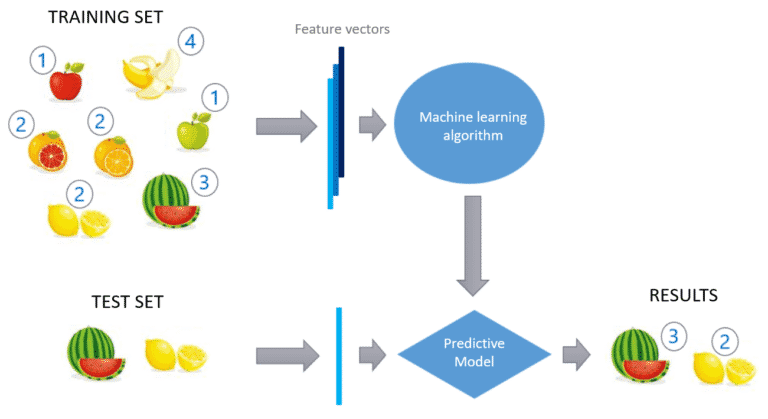Detection Of Fake Online Reviews Using Supervised And Semi Supervised Learning Presentation
| Introduction | ||
|---|---|---|
| Fake online reviews are a prevalent issue in the e-commerce industry. Supervised and semi-supervised learning can be utilized to detect fake reviews. This presentation will explore the application of these techniques for detection. | ||
| 1 | ||
| Supervised Learning | ||
|---|---|---|
| Supervised learning involves training a model with labeled data. Features such as review text, rating, and user behavior can be used as inputs. Algorithms like decision trees, random forests, and support vector machines can be employed for classification. | ||
| 2 | ||
| Semi-Supervised Learning | ||
|---|---|---|
| Semi-supervised learning utilizes a combination of labeled and unlabeled data. Labeled data is used to train the model, while unlabeled data helps improve the model's performance. Techniques like self-training, co-training, and multi-view learning can be employed for fake review detection. | ||
| 3 | ||
| Feature Extraction | ||
|---|---|---|
| Feature extraction plays a crucial role in fake review detection. Linguistic features like sentiment analysis, grammatical errors, and excessive adjectives can be considered. Non-linguistic features like review length, temporal patterns, and reviewer behavior can also be utilized. | ||
| 4 | ||
| Evaluation Metrics | ||
|---|---|---|
| Evaluation metrics help measure the performance of fake review detection models. Common metrics include precision, recall, F1-score, and accuracy. Additionally, techniques like cross-validation and ROC curves can be used to assess the model's performance. | ||
| 5 | ||
| Conclusion | ||
|---|---|---|
| Detection of fake online reviews is a complex task that can be addressed using supervised and semi-supervised learning. The selection of appropriate features and algorithms is crucial for accurate detection. Continued research and development in this area will help combat the issue of fake reviews and enhance consumer trust in online platforms. | ||
| 6 | ||




